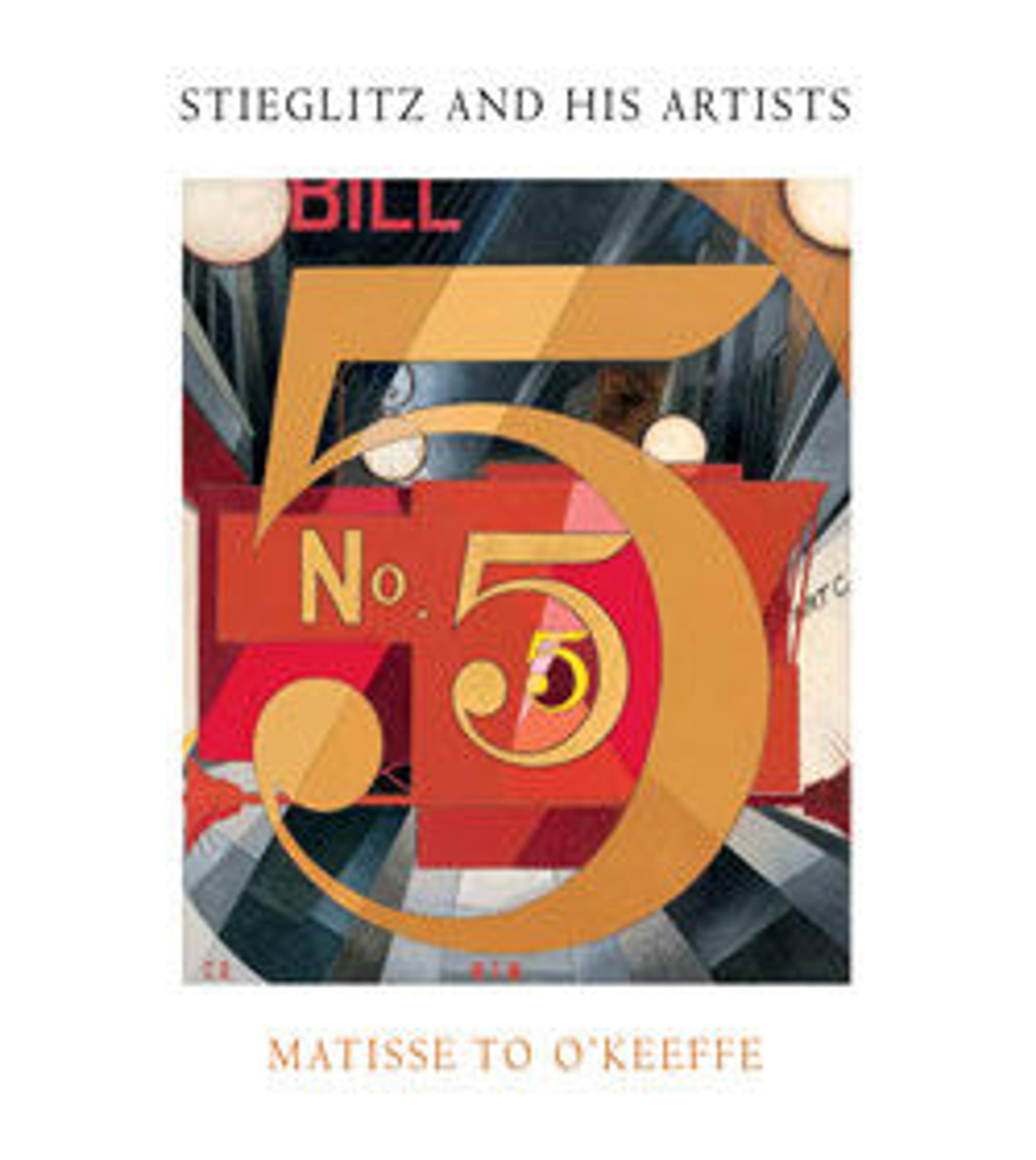Clouds and Water
Clouds and Water was inspired by the landscape of Halesite, a town on the north shore of Long Island where Dove and his companion Helen "Reds" Torr lived in the late 1920s. They resided on their boat, the Mona, in warm weather and they had just begun their first winter as caretakers of the Ketewomoke Yacht Club in November 1929. From their second-floor room at the Yacht Club, surrounded by windows on three sides, Dove and Torr had an unimpeded view of Huntington Harbor. In the airy marine prospect of Clouds and Water, several sailboats dip along the surface of the waves, and a landscape of rounded hills rises in the distance. The sky, which fills half the canvas, is banded with long curving lines that suggest wind currents. The painting's unrestrained painting style indicates Dove's philosophy about the elements of nature: they are independent yet interconnected, unique yet mutable. He also expressed this idea in the verse-like statement that he had written earlier for the catalogue of the exhibition Seven Americans in 1925, which reads in part:
"Works of nature are abstract.
They do not lean on other things for meaning.
The seagull is not like the sea
Nor is the sun like the moon.
The sun draws water from the sea.
The clouds are not like either one—
They do not keep one form forever."
"Works of nature are abstract.
They do not lean on other things for meaning.
The seagull is not like the sea
Nor is the sun like the moon.
The sun draws water from the sea.
The clouds are not like either one—
They do not keep one form forever."
Artwork Details
- Title: Clouds and Water
- Artist: Arthur Dove (American, Canandaigua, New York 1880–1946 Huntington, New York)
- Date: 1930
- Medium: Oil on canvas, with selective varnish
- Dimensions: 30 × 40 in. (76.2 × 101.6 cm)
- Classification: Paintings
- Credit Line: Alfred Stieglitz Collection, 1949
- Object Number: 49.70.40
- Curatorial Department: Modern and Contemporary Art
More Artwork
Research Resources
The Met provides unparalleled resources for research and welcomes an international community of students and scholars. The Met's Open Access API is where creators and researchers can connect to the The Met collection. Open Access data and public domain images are available for unrestricted commercial and noncommercial use without permission or fee.
To request images under copyright and other restrictions, please use this Image Request form.
Feedback
We continue to research and examine historical and cultural context for objects in The Met collection. If you have comments or questions about this object record, please contact us using the form below. The Museum looks forward to receiving your comments.
